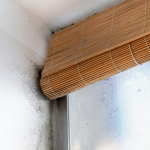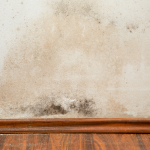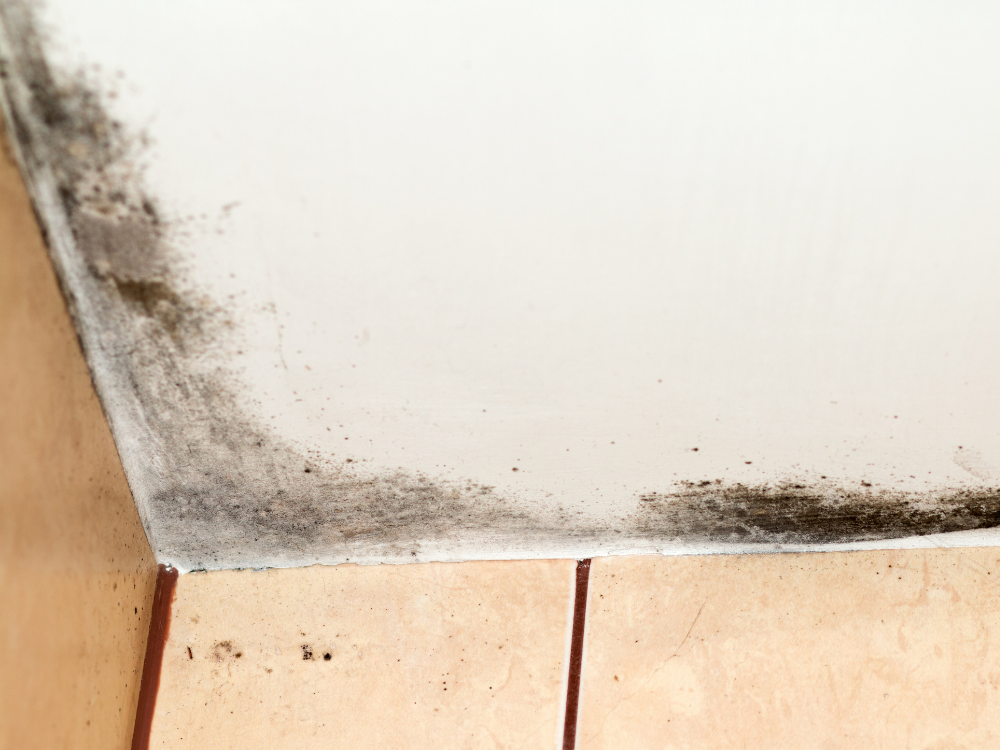Health experts are continuing to warn east coast residents about humidity in the home and with another cold and damp week predicted, have highlighted the places homeowners should be keeping an eye out for mould.
One expert said that mould outbreaks can start in as little as 48 hours, given the right conditions. A combination of heavy rainfall and high humidity can accelerate the growth of mould indoors.
The three key indicators that the home is humid and ripe for mould growth are lingering dampness, a musty smell in the home and condensation. Humidity above 70% is key to facilitating mould growth indoors.
The first place to look for mould in a property may seem obvious – the rooms with water sources. This includes bathrooms, toilets and laundries, although bedrooms that adjoin bathrooms are also worth checking regularly.
When inspecting rooms, make sure you take in the entirety of it and look closely at the room’s corners, including the ceiling cornices, window sills, carpets and skirting boards.
It is also essential to check soft surfaces on furnishings in the home for mould thoroughly. Make sure to lift couch cushions, check under mattresses and under their covers, underneath rugs and even the doormat.
An often missed part of mould inspections is areas of the home that aren’t exposed to airflow, like the back of dressers or hanging artwork, inside cupboards and drawers. Checking your air conditioning filter is also worthwhile, particularly if you run it on its dry setting to improve the home’s ventilation.
The rule of thumb is to check things that are porous first – anything with cardboard or MDF timber because their absorbency makes them an ideal breeding ground.
One mould removal expert who spoke to ABC News explained that
“as soon as you see mould growth, you should act as swiftly as possible.”
“Try and clean those areas, and keep your home dry.”
As per advice from governmental health sources, if the mould growth is larger than a dinner plate, you should call in an expert.
Predictably, prevention is better than a cure when it comes to mould. Make sure you air out the house when the weather is clear and dry to encourage good ventilation, and if you have an air conditioner, run it on dry mode or utilise a dehumidifier.




